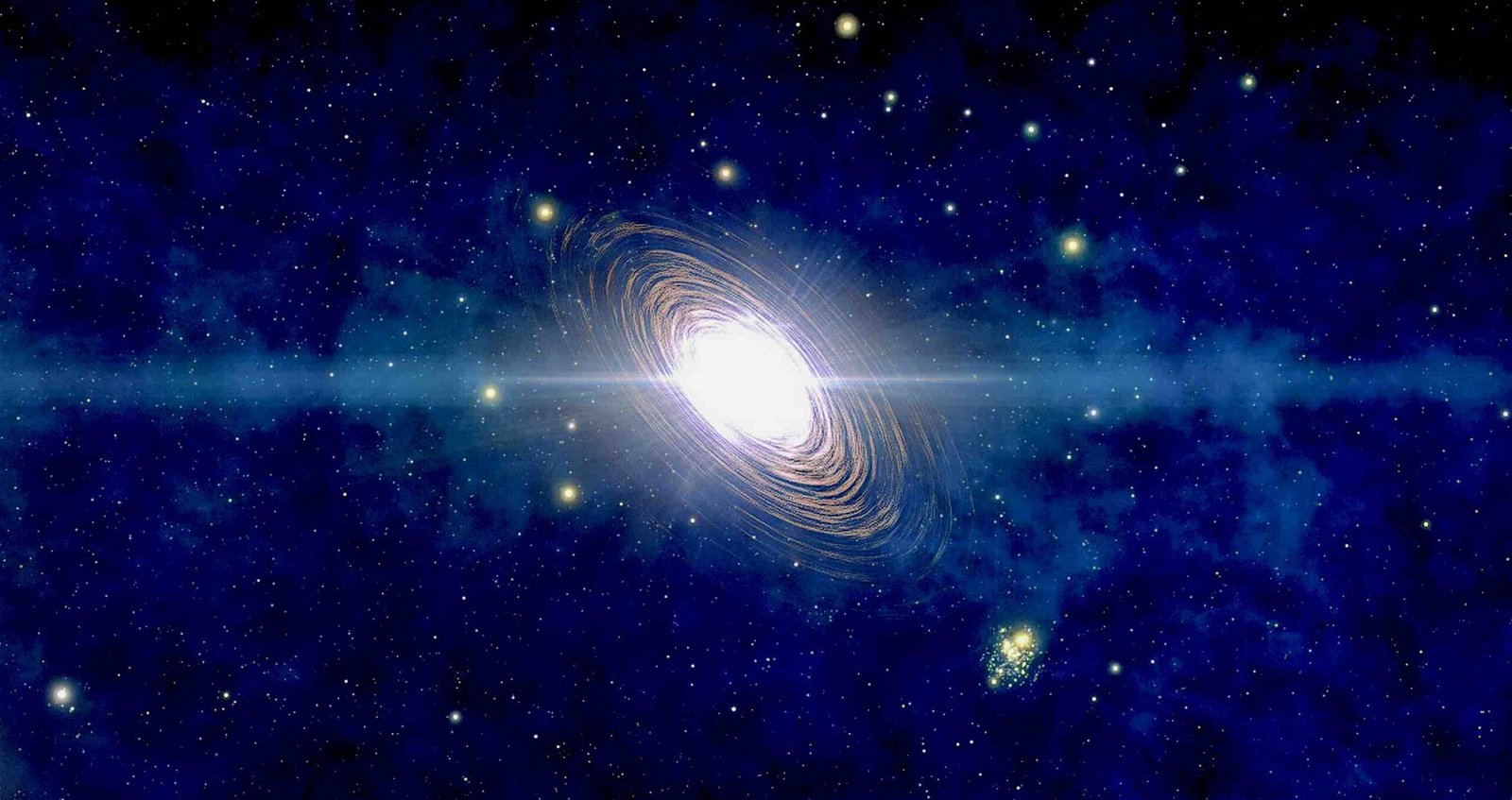A landmark new study based on the results of the Dark Energy Survey (DES) is complicating our understanding of the cosmos, but offers promising new insights into the accelerating expansion of the universe.
Based on the work of hundreds of astrophysicists and other scientists spanning more than 25 institutions, the work drew from data collected across a period of close to six years to glean new insights on the expansion rate of the universe and to probe for answers to the mysterious repulsive force known as dark energy that is believed to be driving it.
Decades ago, dark energy was proposed as the force behind a discovery that shook the astrophysics community: that the universe is expanding at an accelerated rate. Believed to comprise around 70% of our universe, this invisible form of energy remains mysterious today despite decades of research into its nature.
In 1998, when the discovery of our universe’s expansion was initially made, it was also believed that gravity would impede the rate of this expansion gradually over time, based on observations of exploding stars known as type 1a supernovae. These supernovas occur when a white dwarf—a variety of dense, dead stars—explodes once it reaches critical mass.
Each of these supernovae has roughly the same brightness, since the critical mass of white dwarfs is also very similar from one to the next, which helps astronomers calculate their relative distances from Earth.
However, instead of finding that the rate of universal expansion was gradually slowing down, what astrophysicists found is that the expansion rate is accelerating, giving rise to dark energy as a hypothetical force behind this phenomenon.
The new results of the Dark Energy Survey build on these discoveries, comprising a decade of research and the analysis of more than 1,500 type 1a supernovas, the largest ever used by astrophysicists in constraining dark energy, with findings that are consistent with the standard cosmological model of our universe featuring an accelerated expansion.
However, the new findings also point to a potentially complicated new revelation: that the density of dark energy may not have remained consistent over time. Despite the questions this raises, researchers involved in the study have called the analysis “revolutionary.”
“These results, a collaboration between hundreds of scientists around the world, are a testament to the power of cooperation and hard work to make major scientific progress,” said Dr. Anais Möller with Swinburne University of Technology’s Centre for Astrophysics and Supercomputing in a statement issued by the university.
Möller said the new analysis “reduces our uncertainties to new levels,” highlighting the impressive capabilities of the Dark Energy Survey, which was able to produce innovative new methods of collecting the most information available from the study’s Supernova Survey, which relied on machine learning Möller was responsible for developing.
Möller further characterized the new analysis as the new “gold standard in supernova cosmology,” adding that it “brings innovative methods that will be used in the next generation of surveys, so we are taking a leap in the way we do science.”
Relying on a novel, four-filter method of photometry to locate supernovae and measure their light curves, Möller and the team were able to utilize the method he developed to select the type 1a supernovae they studied with the help of machine learning.
Möller said that in addition to locating more of this kind of supernovae than past studies have achieved, it allowed them to gauge their new methodology and its potential use in future precision measurements involving other phenomena related to the physics of our universe.
Using large collections of supernovae observed from significant distances, astrophysicists have managed to map the history of cosmic expansion, combining the distance of each individual exploding star with its redshift (the speed at which it moves away from Earth in accordance with the rate of universal expansion). This also allows scientists to determine whether the density of dark energy has changed throughout time or remained constant.
“In all cases dark energy is consistent with a cosmological constant to within ∼2σ,” the researchers conclude in their paper.
“In our analysis, systematic errors on cosmological parameters are subdominant compared to statistical errors,” they write, adding that “these results thus pave the way for future photometrically classified supernova analyses.”
Nonetheless, the team’s findings still leave room for the possibility of a more complex model than astrophysicists currently rely on in their observations of the universe.
“There is still so much to discover about dark energy,” Dr. Möller said, although emphasizing that the team’s new analysis will continue to support future studies of supernova cosmology “for quite some time.”
The landmark study, “The Dark Energy Survey: Cosmology Results With ~1500 New High-redshift Type Ia Supernovae Using The Full 5-year Dataset,” appeared on the preprint arxiv.org website, and can be read online.
Micah Hanks is the Editor-in-Chief and Co-Founder of The Debrief. He can be reached by email at micah@thedebrief.org. Follow his work at micahhanks.com and on X: @MicahHanks.

